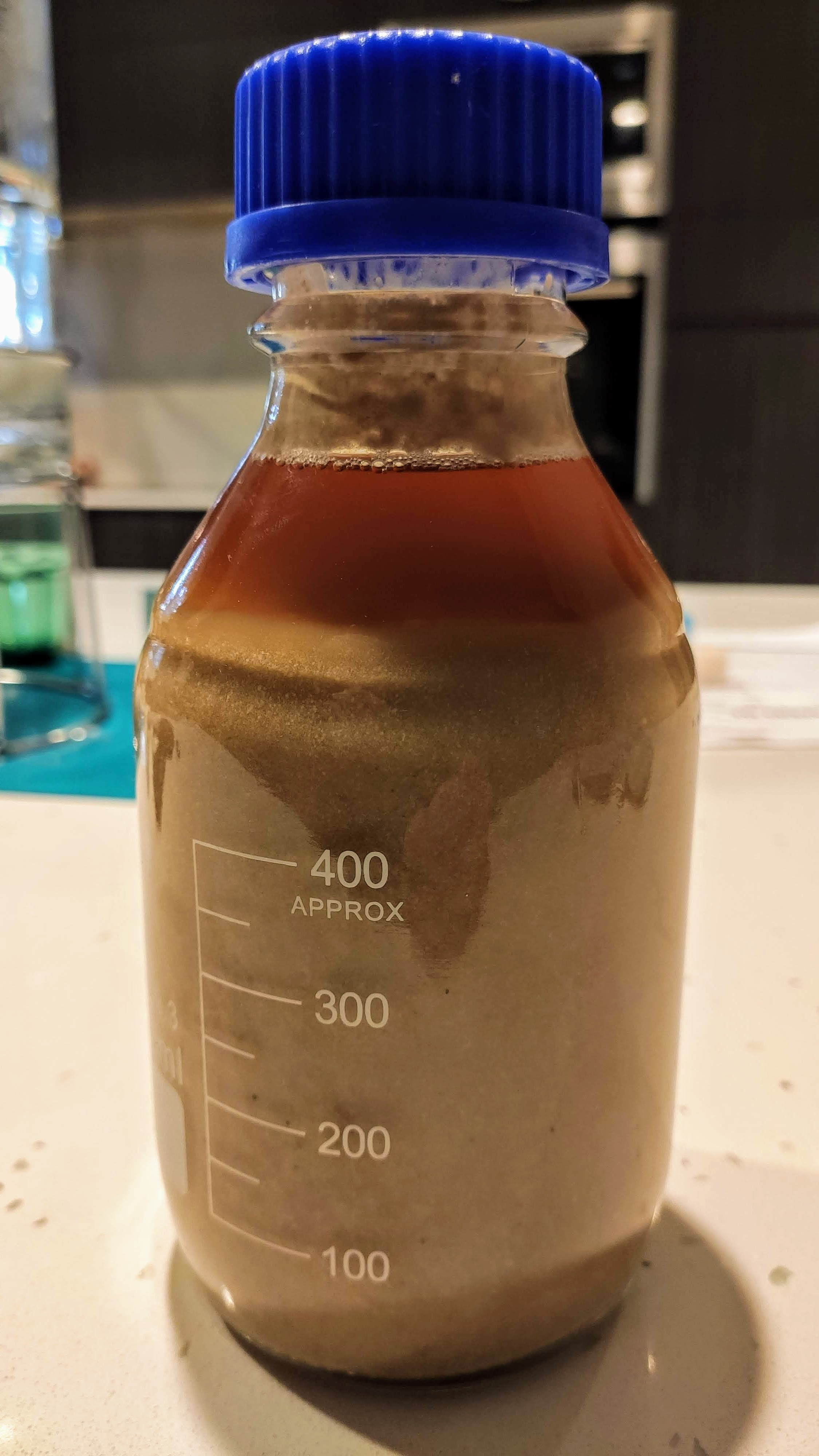The amount of CO2 produced during the ferment will make the balloon look tiny.
If you fermented a 23L, 1.050 wort down to 1.010 you would be making around 630L of CO2 (rough fingercount)
Remember O2 is good at pitching, and after that it’s kept out by the evolving CO2 and your airlock.
Mark
If you fermented a 23L, 1.050 wort down to 1.010 you would be making around 630L of CO2 (rough fingercount)
Remember O2 is good at pitching, and after that it’s kept out by the evolving CO2 and your airlock.
Mark






